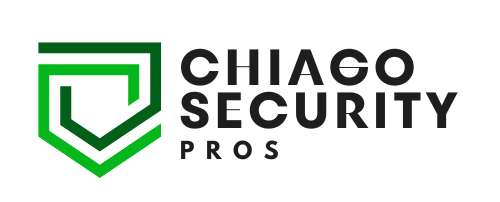Introduction
Security is a paramount concern for museums worldwide. With priceless artifacts and exhibits, these institutions require robust and reliable security systems to deter theft and vandalism. One of the most effective ways to ensure this security is through the installation of security cameras. In recent years, solar-powered security cameras have emerged as a sustainable and efficient solution for museum security. This article will delve into the importance and process of security camera installation in museums, with a focus on solar-powered systems.
The Importance of Security Camera Installation in Museums
Museums house a wealth of cultural and historical artifacts, making them prime targets for theft and vandalism. Security cameras serve as a deterrent to such activities, providing a constant surveillance presence. Moreover, in the event of any security breach, these cameras provide crucial evidence to aid in recovery and prosecution.
Benefits of Solar-Powered Security Cameras
Solar-powered security cameras offer several advantages over traditional systems. They are energy-efficient, reducing the museum’s carbon footprint and energy costs. They also offer greater flexibility in installation, as they do not require access to the power grid. This makes them ideal for outdoor installations or in areas of the museum where power access is limited.
Security Camera Installation Process
The process of security camera installation in museums involves several steps. First, a security assessment is conducted to identify potential vulnerabilities and determine the optimal camera placement. Next, the appropriate camera system is selected, taking into account factors such as lighting conditions, the need for night vision, and the desired field of view. The cameras are then installed and configured, with the footage being monitored either onsite or remotely.
Considerations for Solar-Powered Security Camera Installation
When installing solar-powered security cameras, several additional factors need to be considered. The cameras must be positioned to receive adequate sunlight to power the system. Backup power solutions should also be in place to ensure continuous operation during periods of low sunlight. Additionally, the solar panels and batteries require regular maintenance to ensure optimal performance.
Conclusion
Security camera installation is a critical component of museum security, providing constant surveillance and acting as a deterrent to theft and vandalism. Solar-powered security cameras offer a sustainable and flexible solution, reducing energy costs and allowing for installation in areas without access to the power grid. However, these systems require careful planning and maintenance to ensure their effectiveness.
FAQs
1. Are solar-powered security cameras as effective as traditional systems?
Yes, solar-powered security cameras provide the same level of surveillance as traditional systems, with the added benefits of energy efficiency and flexible installation.
2. What is involved in the maintenance of solar-powered security cameras?
Maintenance typically involves cleaning the solar panels and checking the batteries to ensure optimal performance.
3. Can solar-powered security cameras operate during periods of low sunlight?
Yes, these systems typically include battery storage to ensure continuous operation during periods of low sunlight.
In conclusion, whether it’s a security camera installation in chicago or any other city, solar-powered systems offer a sustainable and effective solution for museum security. With many security companies in chicago and elsewhere offering these services, museums can benefit from the energy efficiency and flexibility of these systems. So, when considering a security camera installation chicago museums, and those in other cities, should certainly consider the solar-powered option.
